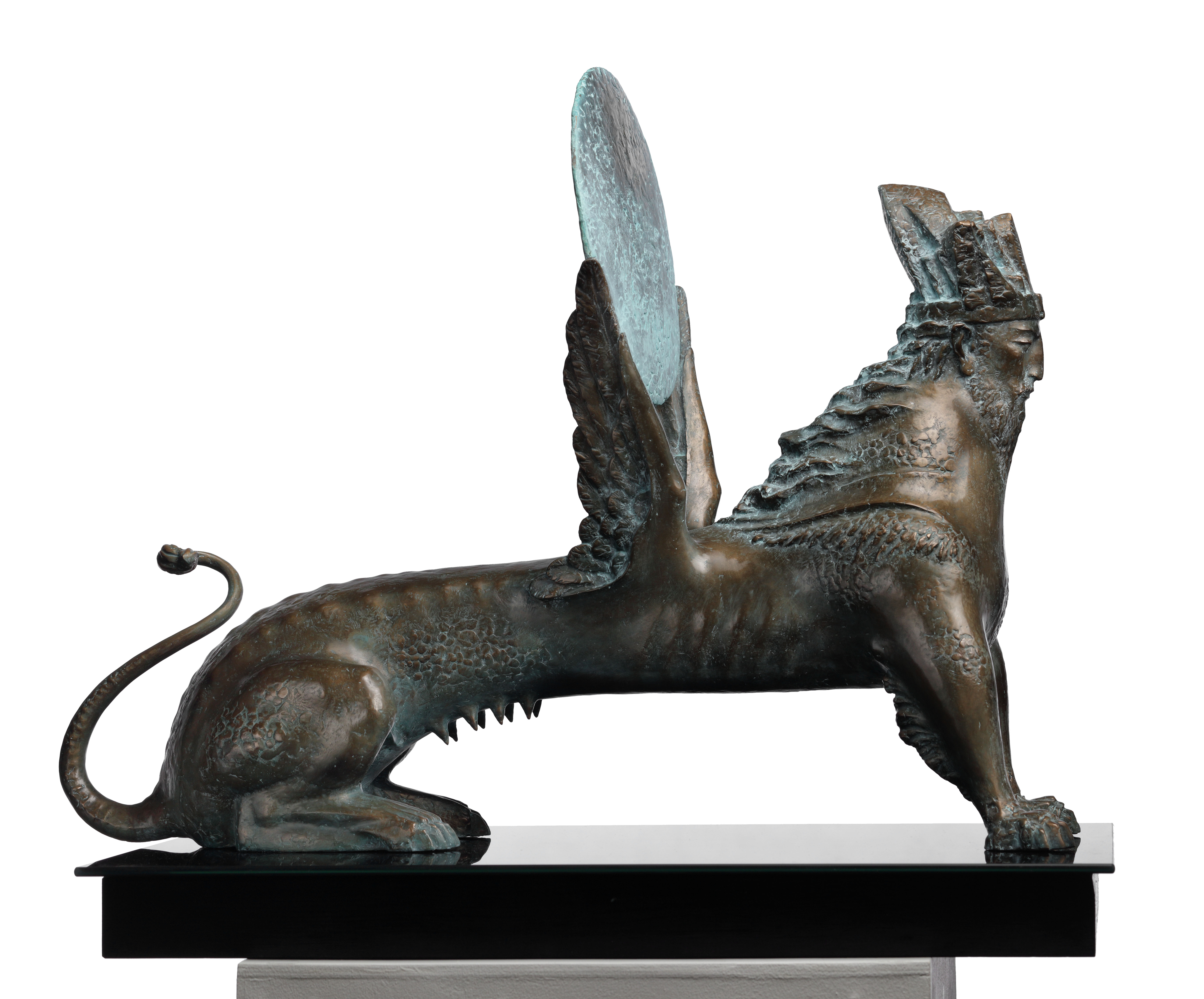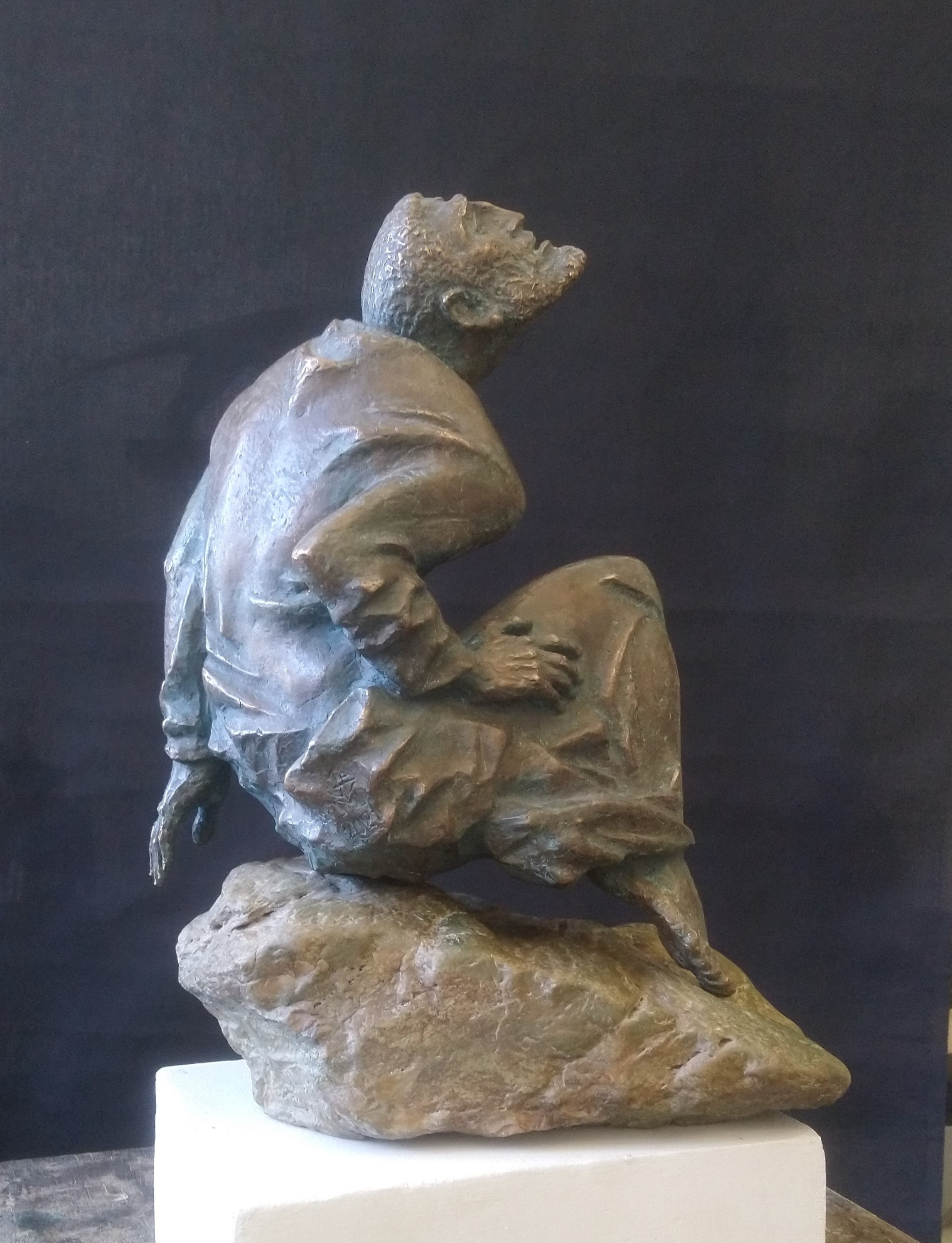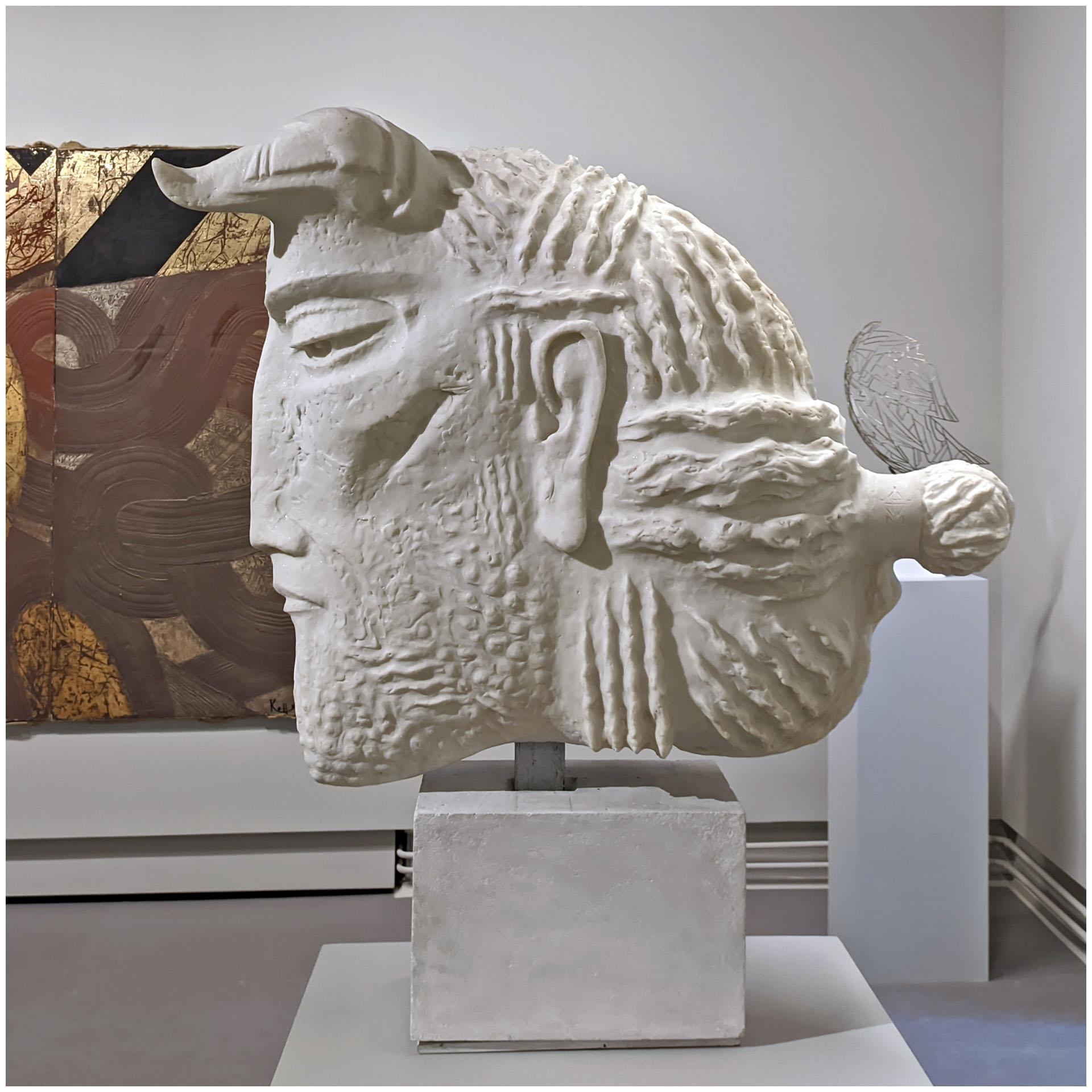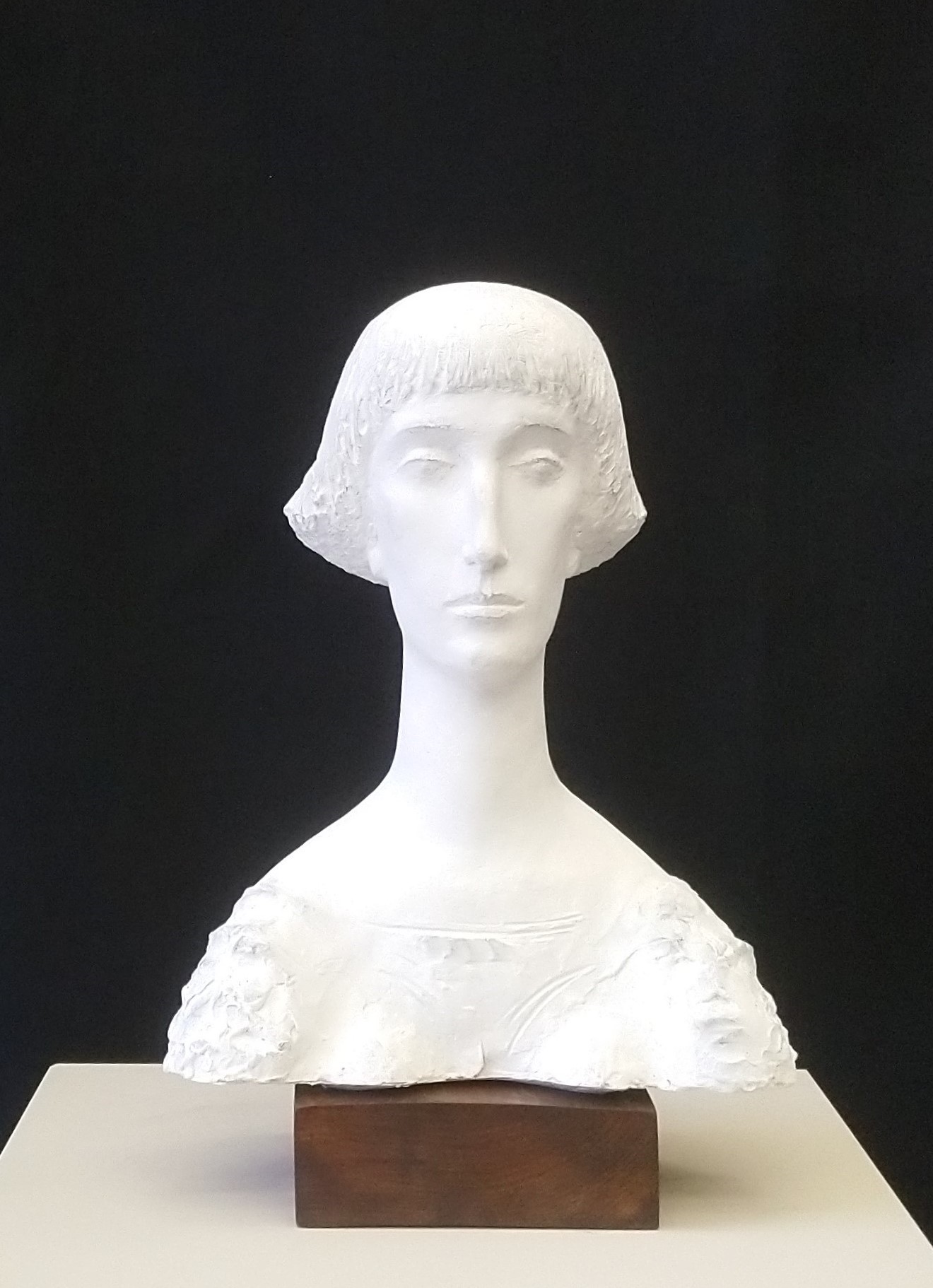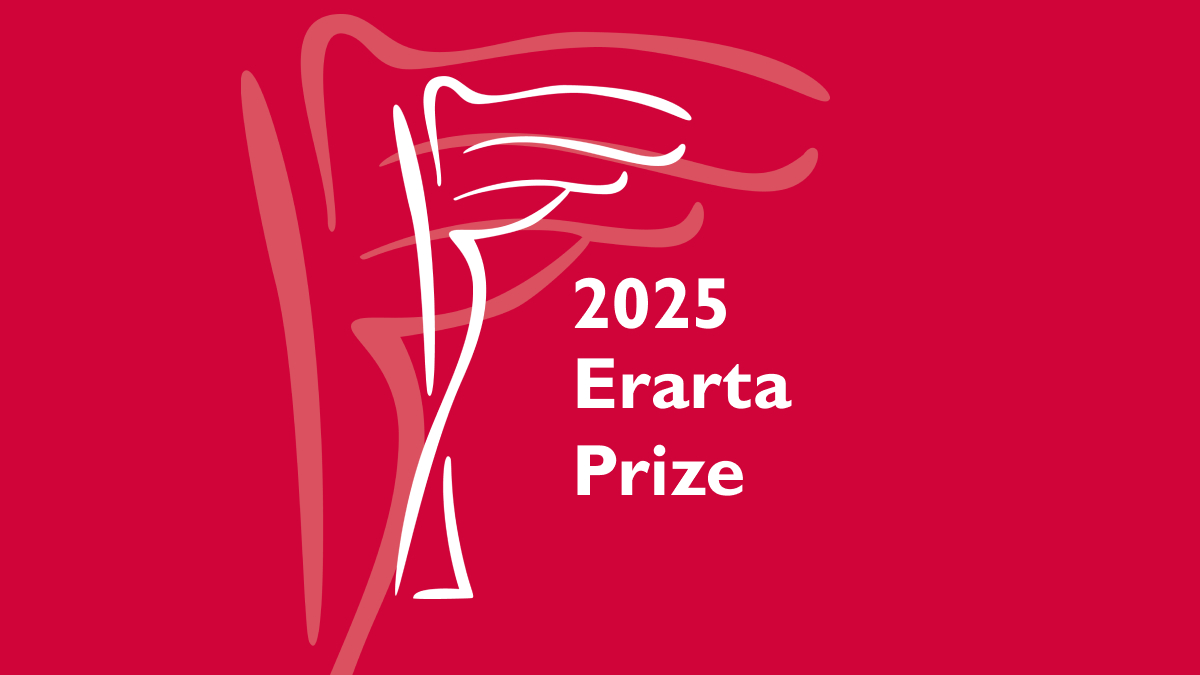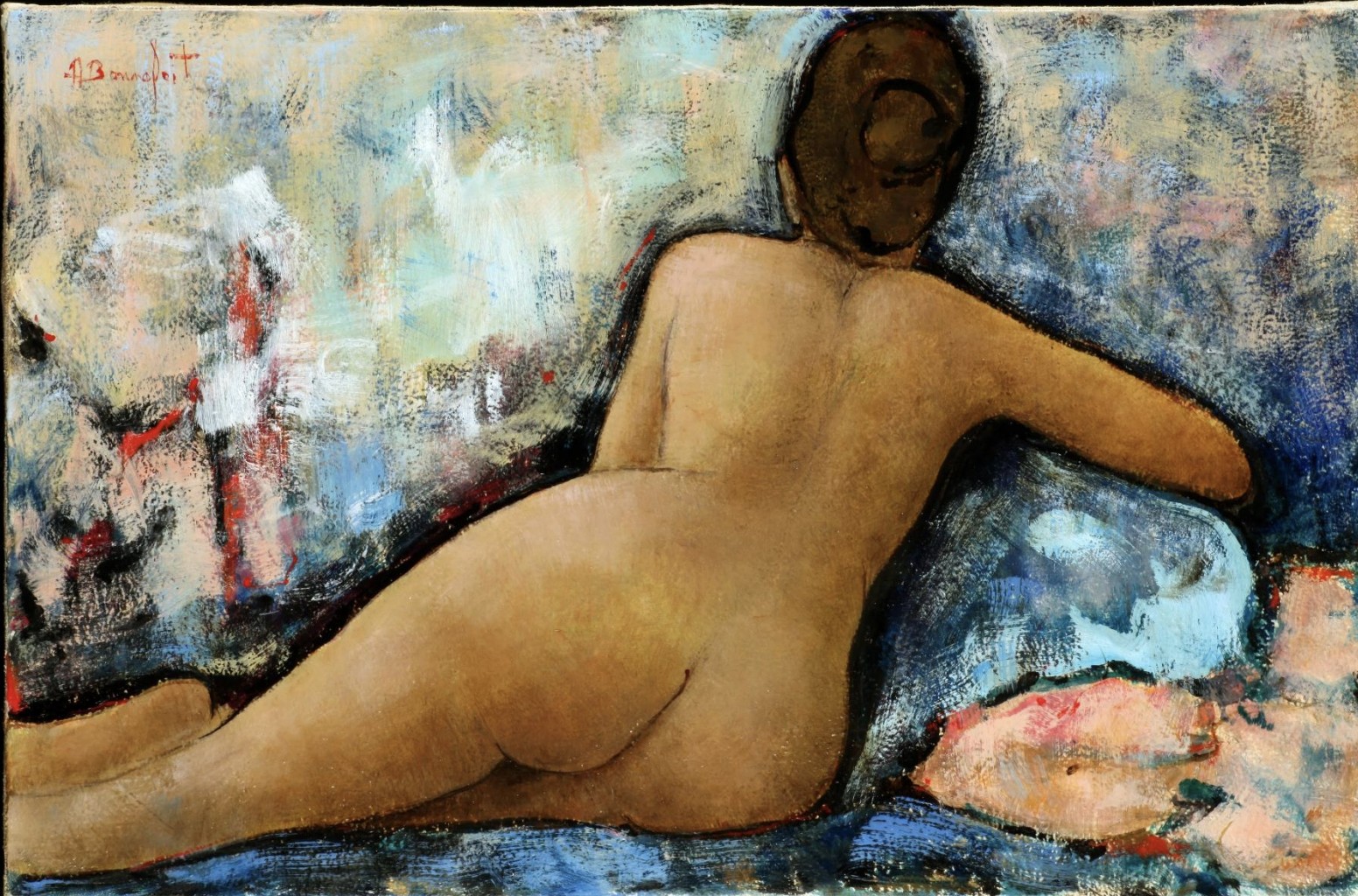Erarta Museum of Contemporary Art presented an exhibition by Eduard Mkhoian whose artworks reflect the state of life itself, with all its conflicts and quests
-
Nearly 30 sculptures – small in scale, but monumental in spirit
-
Philosophical animalier art in three-dimensional form
-
A chance to find answers to the questions that we tend to wave off in our daily life
Eduard Mkhoian’s sculptures featured in the exhibition are relatively small in scale, but have the potential to grow into full-fledged monuments. Spanning artworks sculpted in different time periods and from different materials, the show is remarkably cohesive, its integrity ensured by the unifying theme of animalier art. Philosophical animalier art, if you will, since it also references the noble mythical creatures of various cultures. Such are the golden-antler deer, the turtle carrying on its back if not the entire world then at least an ancient ritual edifice, the sun-thieving chameleon, and of course the sphinxes. Whenever the sculptor attempts to craft a horse, it is bound to be the horse of Alexander the Great, and if a she-wolf, it will definitely be La Lupa. Mkhoian’s most dramatic and monumental works explore the animal nature in humans – precisely this way, and not vice versa.
Front and centre here is the figure of the Minotaur – a creature that traditionally symbolised the duality of mankind. Here, the artist continues in the steps of Pablo Picasso who evoked this image in his drawings for many years and even associated it with himself. Mkhoian’s Minotaur – also a self-portrait of sorts – is a wild and passionate character whose pensive gaze reveals impending doom. He appears not as a monster, but as a tragic protagonist, tormented by an inner conflict exclusive to humans only.
According to Freud, the Minotaur confined in his labyrinth epitomises the intricate and obscure aspects of the unconscious – something hidden deep inside us, a reflection of fears and cravings for knowledge and light. In this context, the Minotaur is not merely a symbol of cruelty, but rather a manifestation of the complex and at times torturing search for the truth. The Minotaur and the epic hero locked in the labyrinth are one and the same, or doppelgangers.
The Moon Keeper, yet another sad chimera haunting the sculptor, is holding firm between its wings the lunar disk – a kind of mirror for the sun and a symbolic mirror for the viewer.
In the artist’s own words, all these creatures reflect the state of life itself, always full of conflicts and quests. Communion with a mythic being is a form of dialogue with one’s own self and onerous search for answers to the questions that we tend to wave off in our daily life. An encounter with them in an exhibition space is a good opportunity to finally wrap up the labyrinth case.

Sculptor, teacher, member of the Artists’ Union of Russia, prizewinner of multiple national and international competitions and festivals, Eduard Mkhoian was born in Yessentuki in 1958. In 1981, he graduated from the Konstantin Savitsky Penza Art College, and in 1992, completed his studies at the Vera Mukhina Leningrad Higher School of Art and Design. Eduard has been actively exhibiting his works since 1980, with more than 200 regional, national, and international shows standing to his credit to date. His creations are found in museums and private collections both at home and abroad. Since 1996, Mkhoian has been teaching at the Department of Monumental and Decorative Sculpture of the Alexander von Stieglitz St. Petersburg State Academy of Art and Design. The artist lives and works in St. Petersburg.
Supported by:

